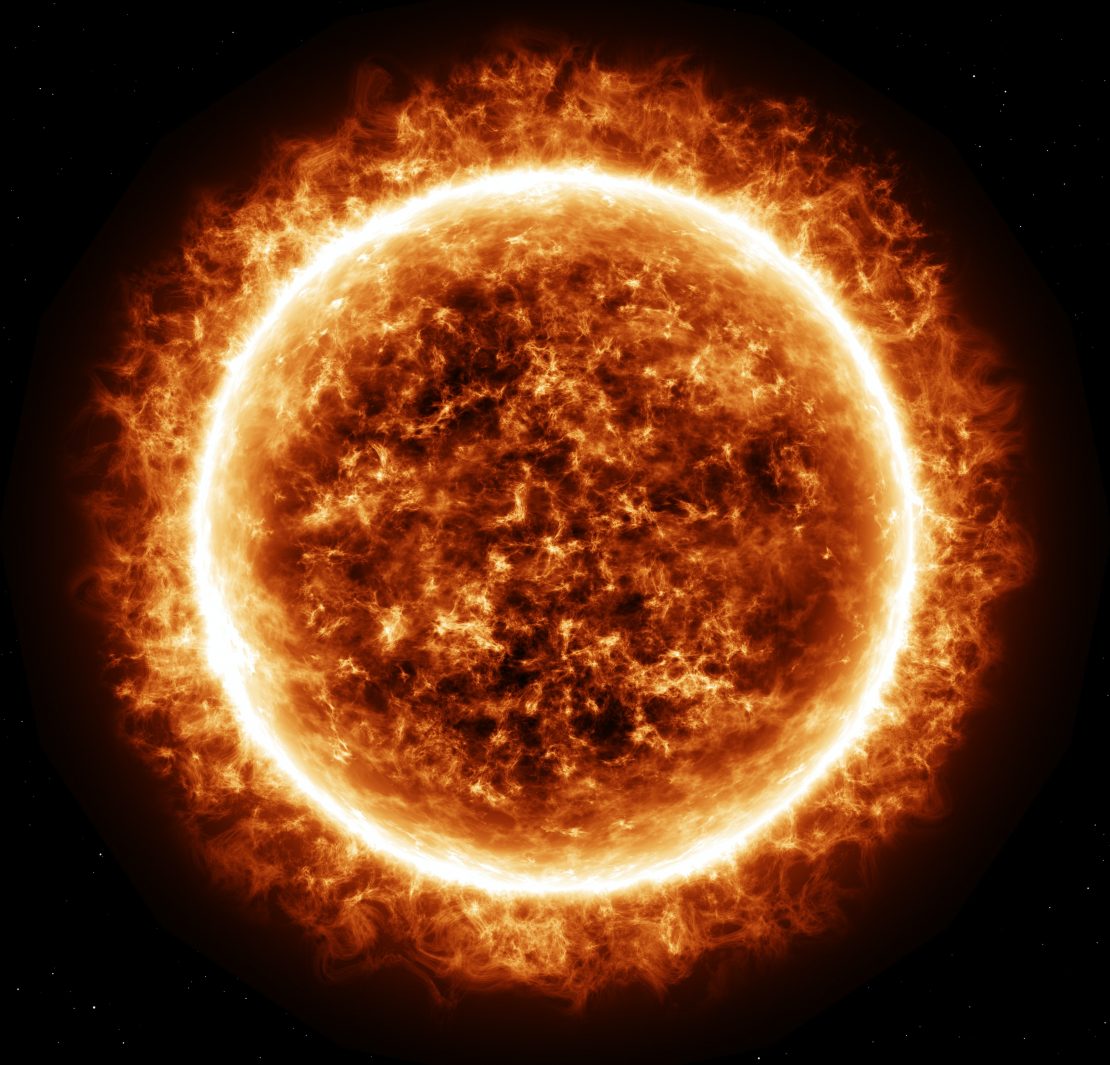In our ever-connected digital age, the internet has become an indispensable part of our daily lives. But the omnipresent and invincible force might face an unexpected threat from outer space.
Solar storms, also known as solar flares or coronal mass ejections (CMEs), are powerful eruptions of charged particles from the sun. These particles, made up of protons and electrons, can travel quickly and have the potential to affect our planet. While Earth’s magnetic field protects us from most of these particles, strong solar storms can cause disruptions in the Earth’s magnetic environment, leading to something known as ‘geomagnetic storms’.
Our internet infrastructure relies on a complex system of undersea cables, data centres, satellites, and networks. Unfortunately, these systems are not immune to the impact of solar storms. During severe geomagnetic storms, the electromagnetic energy released can create strong electrical currents in long conductive structures like power grids and communication lines.
Undersea cables, which carry a significant amount of global internet traffic, are particularly vulnerable. These cables run for thousands of miles along the ocean floor and can be affected by electromagnetic induction. A massive surge of electrical currents induced by a solar storm could damage or even break these important communication links, causing major disruptions in internet connectivity.
Satellites, which provide essential services like GPS, weather monitoring, and telecommunications, are also at risk during solar storms. The high-energy particles from a solar storm can interfere with the electronics on board satellites, impacting their functionality and potentially rendering them useless. This would further strain our already compromised internet infrastructure. The radiation emitted during these storms ionizes atoms in the upper atmosphere, leading to the blocking of radio signals over a significant portion of the planet. Additionally, the ionized atmosphere becomes denser, exerting additional force on satellites orbiting the Earth. This can cause satellites to crash or be knocked out of their orbits. In fact, a geomagnetic storm in 2022 caused 38 of Elon Musk’s Starlink satellites to plummet back to Earth.
Initially, experts predicted that we would reach our next solar maximum in 2025, but now it’s looking like it could happen as early as the end of this year, as we’re already witnessing an excess amount of sunspots and solar phenomena – like the massive geomagnetic storm that caused auroras everywhere from the UK to California back in March. What’s more, say, researchers, we could see even more powerful consequences than originally expected.
Acknowledging the potential risks, scientists and engineers are actively working to protect our internet infrastructure from the impact of solar storms. Initiatives such as the Space Weather Prediction Center (SWPC) by the National Oceanic and Atmospheric Administration (NOAA) monitor solar activity and issue alerts when they expect a significant solar storm. Internet service providers and telecommunications companies are also investing in protective measures. These include implementing stronger shielding for critical infrastructure, developing backup systems and redundancy, and improving the resilience of undersea cables. Moreover, the development of more advanced satellite technologies that can withstand the effects of solar storms is an ongoing area of research.
While losing access to social media may not be the worst outcome, the implications of such disruptions can be catastrophic when coupled with natural disasters or damage to critical infrastructure, which can be potential effects of solar storms. A prolonged blackout in these circumstances could have disastrous consequences. Hopefully, we will have more information that might help us minimize the damage in the event of a major storm. These solar shenanigans serve as a cosmic wake-up call, reminding us of the delicate balance between technology and the forces of nature.





